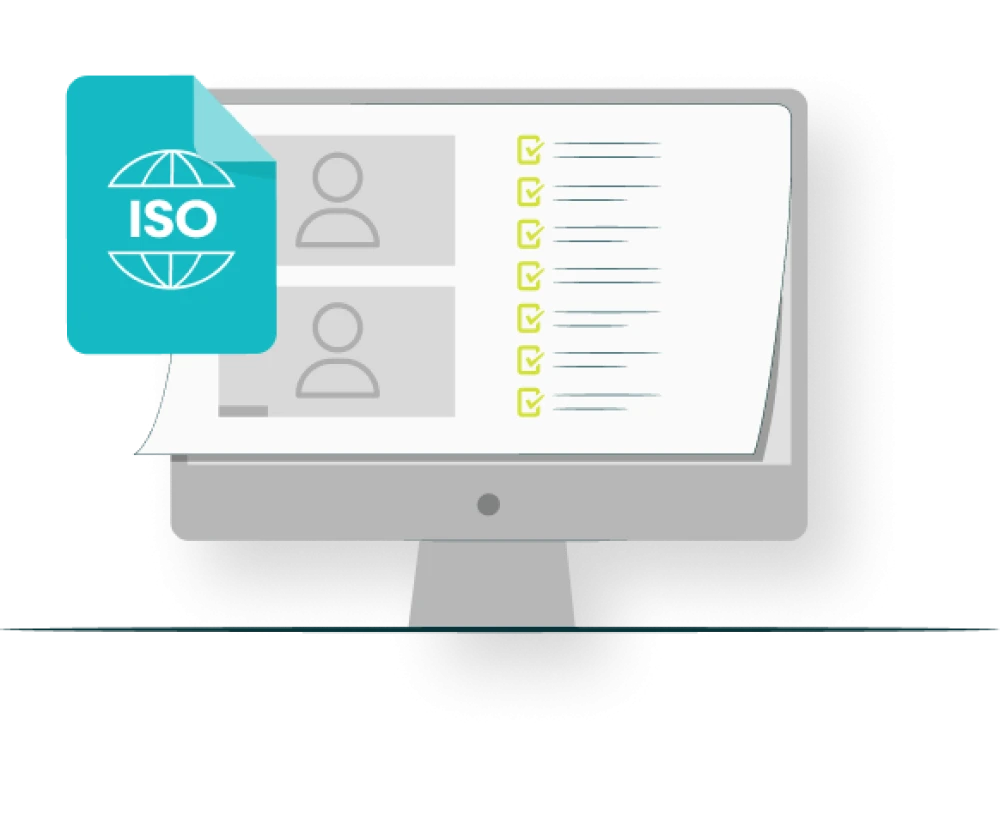CertiKit’s ISO consultants provide reliable and expert guidance to help your business achieve and maintain compliance with ease.
We offer services in the following standards:
ISO/IEC 27001 – Information Security Management System
ISO9001 – Quality Management System
With our practical expertise and commitment to quality, CertiKit's experienced team can help you navigate the complexities of ISO compliance to maximise the effectiveness of your management system.
By choosing CertiKit, you not only gain access to ISO expertise, but also a partner that cares about your success and will become an extension of your compliance team.
Our ISO Services are conducted remotely via MS Teams to clients all over the world, who are +/- 3 hours of the UK time zone.





